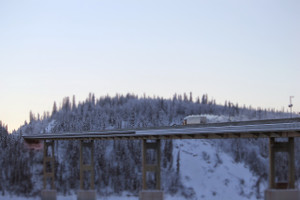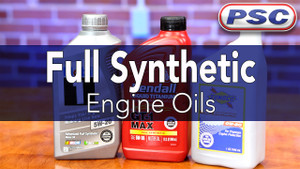The Oil Rainbow Effect
By on Sep 27 2017
After a storm, you may have gone outside to enjoy the scent of fresh rain and noticed a rainbow-colored band on top of a puddle. The band mimics a rainbow and you probably wondered how it got there.
A combination of oil and water interacting with light forms the small strip of color that we notice, also known as thin-film interference. The iridescent region of water appears to change color as the angle or view alters. Seeing the oil patches in a swirl of color are a display of light reflection and retraction occurring simultaneously.
Light reflects when a light ray bounces off a surface and refracts when the light rays pass through the surface and change direction. The light is also reflected upward from the top of the oil and from the space between the oil and water.
How it Happens

Small amounts of oil on the road gather from the automobiles and various vehicles that drive on it. However, the oil is only visible after it rains. This is because when the oil and water meet, low density causes the oil to rise to the top. The visible layer also varies in thickness, with the center of the patch being thickest and becoming thinner as it extends outward. Different bands of oil produce different colors based on this thickness.
The interaction between light waves can either enhance or reduce the amount of reflected light. It also explains why you can see multiple colors on soap bubbles, insect wings, and seashells. It also explains the mechanism behind anti-reflection coating on glasses, camera lenses, rainbows, mirrors, and compact discs.
Thin-film interference involves two types of interference: constructive and destructive. In the case of oil film on water, light waves interfere constructively. This is determined by using an equation to figure out whether the light reflection is of a higher index than the refraction is.
Oil in the water eventually begins to break down because of sunlight. The sun’s role in this process is the same one as when there are off-shore oil spills--although, on a much larger scale. Warm water temperature and maximum sun exposure help break the oil down even more quickly.
Shop Petroleum Service Company for your favorite oils and lubricants!
Sources:
https://www.scienceabc.com/eyeopeners/why-does-pet...
https://www.scientificamerican.com/article/why-do-...






